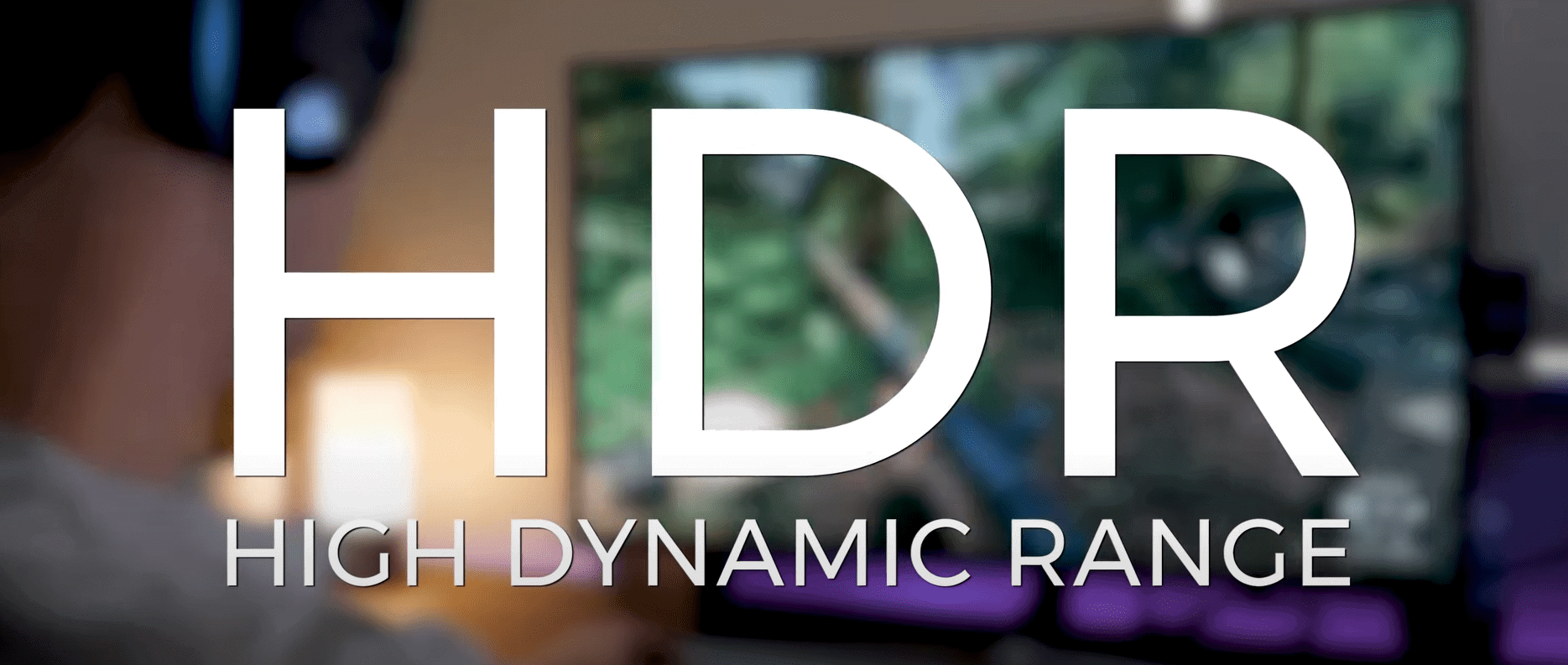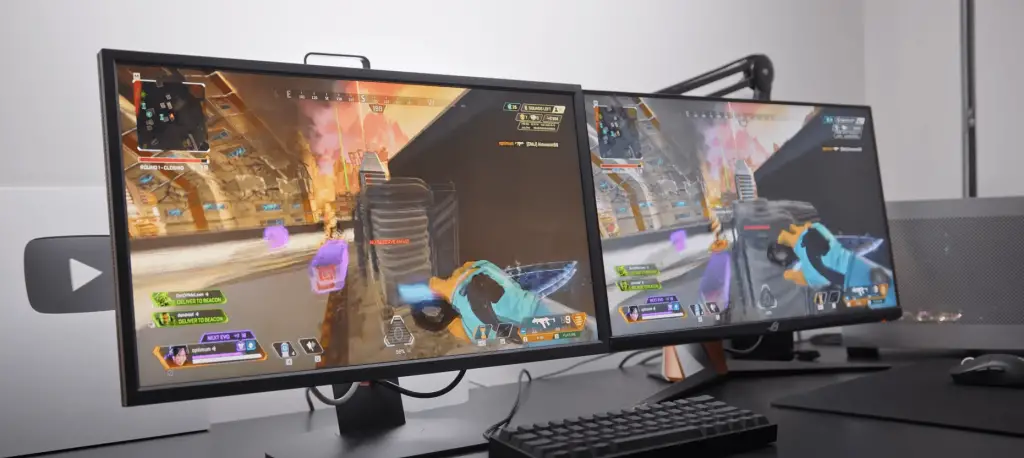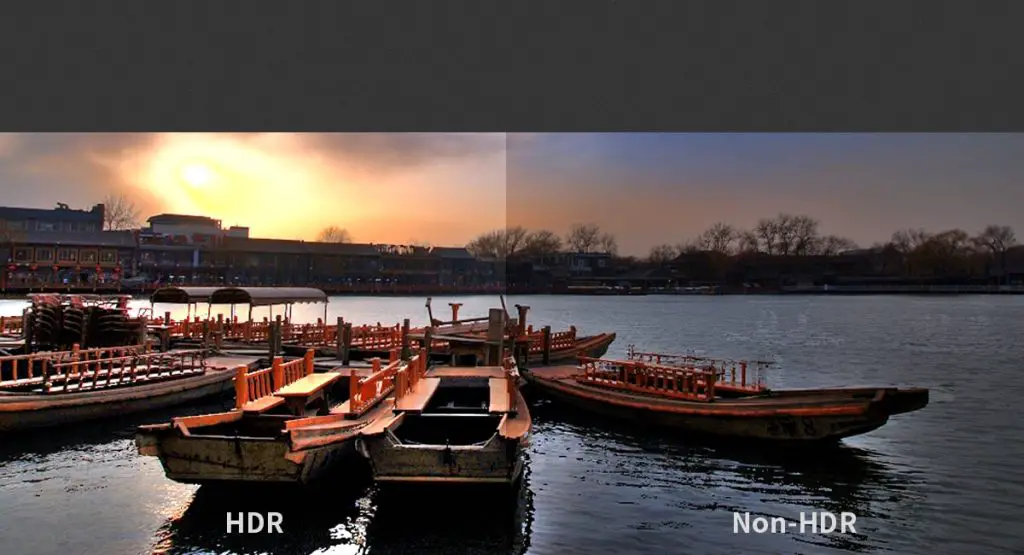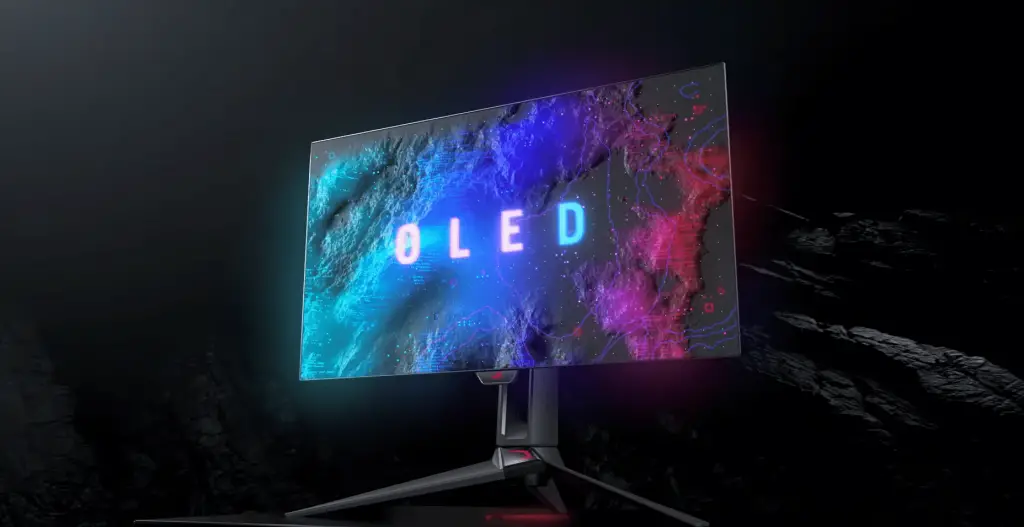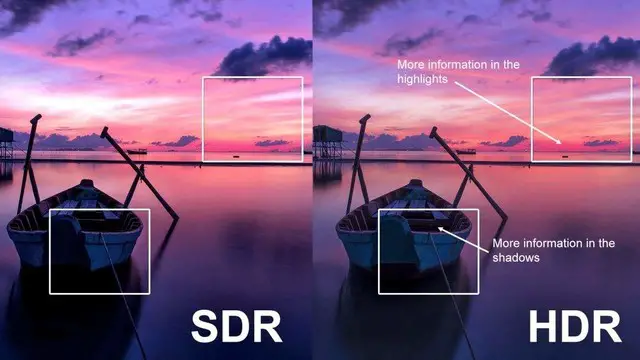A Beginner’s Guide to Understanding the HDR Technology
High Dynamic Range (HDR) technology is revolutionizing the way we watch movies, play video games, and view photographs. HDR technology offers a much wider range of contrast and color than traditional displays, allowing for a more vivid, realistic image.
In this blog post, we will explore the different HDR standards and technologies, the benefits of HDR for video and gaming, how to choose the right HDR display for your needs, the role of ambient light in HDR displays, how to calibrate your HDR display for the best picture quality, and the future of HDR.
Comparing the Different HDR Standards and Technologies
HDR technology is available in a variety of standards and formats. The two most popular formats are HDR10 and Dolby Vision.
HDR10 is an open-source standard that is widely used by streaming services and most consumer TVs. It provides a high dynamic range and a wide color gamut, allowing for the reproduction of a greater range of colors and more detailed and realistic images. HDR10 uses a fixed metadata system, which means that the same HDR settings are applied to the entire video, regardless of the specific content.
Dolby Vision is a more advanced version of HDR that offers more vivid colors and improved contrast. It uses a dynamic metadata system, which means that the HDR settings are adjusted on a scene-by-scene basis, providing a more consistent and accurate representation of the original content. Dolby Vision also supports a wider range of colors and luminance levels than HDR10, allowing for even more vivid and lifelike images.
Other HDR formats include HLG (Hybrid Log Gamma) and HDR10+. HLG is a broadcast-oriented format that is commonly used for live events and other real-time applications. It uses a single gamma curve for both SDR and HDR content, allowing for a seamless transition between the two. HDR10+ is an enhanced version of HDR10 that uses dynamic metadata, similar to Dolby Vision, to provide more accurate and consistent image quality.
The Benefits of HDR for Video and Gaming
Here are some key advantages of using HDR for video and gaming.
First, HDR provides an enhanced visual experience that is more immersive and engaging. The wider range of contrast and color allows for a greater level of detail and realism in the images, which can make the viewing experience more enjoyable and engaging.
Second, HDR can improve the legibility of text and other fine details in the image. The increased contrast and color depth allow for a more precise and accurate reproduction of these details, which can make them easier to read and more legible.
Third, HDR can help reduce the effects of motion blur and other artifacts in fast-moving images. The increased contrast and color depth allow for a more precise and accurate representation of the original content, which can reduce the appearance of blur and other artifacts.
Overall, the benefits of HDR for video and gaming are numerous. It offers a more immersive and engaging visual experience, improved legibility of text and fine details, and reduced motion blur and other artifacts. These benefits make HDR an important technology to consider when choosing a display for video and gaming applications.
How to Choose the Right HDR Display for Your Needs
First, consider the viewing environment. The ambient light in the room can have a significant impact on the perceived brightness and contrast of the display. In a brightly lit room, a display with a lower brightness and contrast level may be more suitable, while in a dimly lit room, a display with higher brightness and contrast levels may be more effective.
Second, consider the viewing angle of the display. The contrast ratio of a display decreases as the viewing angle increases, so a display with a narrow viewing angle may have a higher contrast ratio than a display with a wide viewing angle. This can be an important factor to consider, depending on how the display will be used.
Third, consider the resolution of the display. Higher-resolution displays can provide more detailed and accurate images, but they also require more powerful hardware to drive them. If you plan to use the display for gaming or other demanding applications, it’s important to choose a display with a high resolution and a fast refresh rate.
It’s important to consider the type of content you will be watching or playing, the brightness and contrast of the display, the size and viewing angle, the ambient light in the room, and the resolution and refreshing-rate of the display. By considering these factors, you can choose the right HDR display for your specific needs.
The Role of Ambient Light in HDR Displays
In addition to affecting the overall picture quality of the display, ambient light can also have a significant impact on the perceived contrast ratio of an HDR display. In a brightly lit room, the ambient light can reflect off the screen and reduce the contrast between the darkest and lightest parts of the image. This can make it more difficult to see the details in the darkest and lightest areas of the image, reducing the overall sharpness and vividness of the display.
For this reason, it’s important to consider the ambient light in the room when using an HDR display. In a brightly lit room, a display with a lower contrast ratio may be more suitable, while in a dimly lit room, a display with a higher contrast ratio may be more effective. It’s also important to adjust the brightness and contrast settings on the display to compensate for the ambient light in the room.
Overall, the ambient light in the room can have a significant impact on the performance of an HDR display. By considering the ambient light and adjusting the display settings accordingly, you can ensure that you get the best possible picture quality from your HDR display.
How to Calibrate Your HDR Display for the Best Picture Quality
Here are some tips for calibrating your HDR display for the best picture quality:
- Start by adjusting the brightness and contrast levels of the display. The optimal settings will vary depending on the ambient light in the room, so it’s important to adjust the settings to compensate for the lighting conditions.
- Adjust the color settings of the display. Most displays come with pre-set color profiles that are optimized for different types of content, such as movies, sports, or gaming. Choose the color profile that is best suited for the type of content you will be watching or playing.
- Use a calibration tool or disc to help you fine-tune the settings of the display. Calibration tools and discs provide a series of test patterns and instructions that can help you adjust the settings of the display to achieve the best possible picture quality.
- Use the “Expert” or “Custom” settings on the display to make more advanced adjustments to the color and gamma settings. These settings are typically reserved for experienced users and professional calibrators, but they can provide a more precise and accurate calibration of the display.
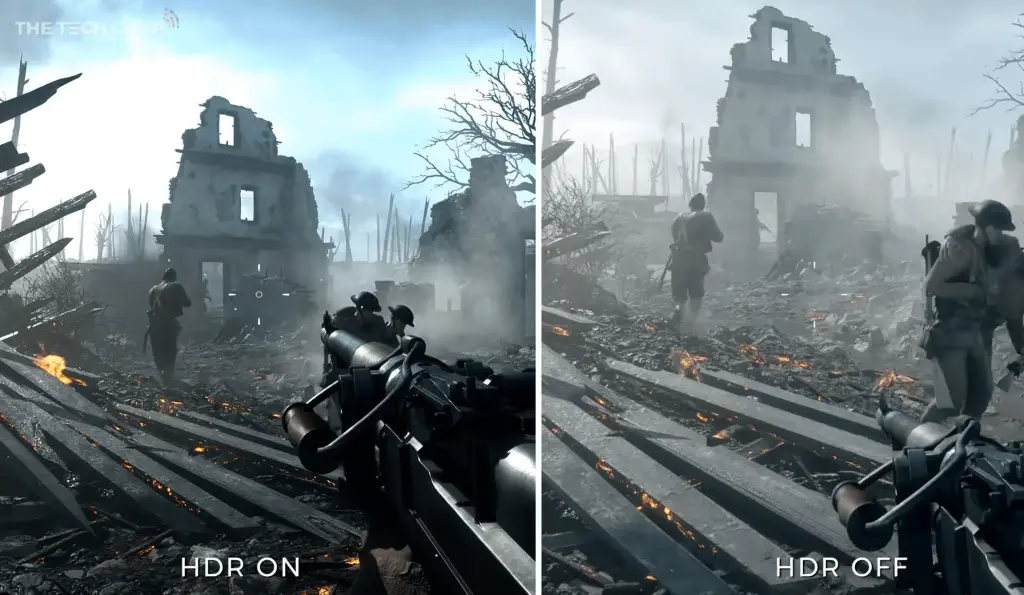
The Future of HDR: Developments and Advancements in Display Technology
The Future of HDR: Developments and Advancements in Display Technology: The future of HDR is looking very bright with many new advancements in display technology. High-end TVs are beginning to offer even higher levels of contrast and color, allowing for even more realistic images. Additionally, new technologies like mini-LED and OLED displays are offering improved brightness, contrast, and color accuracy. These advancements in display technology are making HDR even better, allowing for a more immersive viewing experience.
One key development in the future of HDR is the growing trend towards larger and higher resolution displays. As display technology continues to improve, it’s becoming possible to produce larger displays with higher resolutions and faster refresh rates. These larger and higher resolution displays are capable of producing even more detailed and realistic images, making them ideal for gaming and other demanding applications.
Another development in the future of HDR is the growing emphasis on the integration of HDR technology into other devices and platforms. In addition to TVs, many other devices are beginning to support HDR, including smartphones, laptops, and gaming consoles. This allows for a more consistent and seamless viewing experience across different devices and platforms.
Finally, there is a growing focus on the interoperability of different HDR standards and formats. As the number of different standards and formats continues to grow, there is an increasing need for compatibility and interoperability between them. This will allow for a more seamless and enjoyable viewing experience, regardless of the specific standards and formats used by different devices and platforms.
Overall, the future of HDR is very bright, with many exciting developments and advancements in display technology. These developments are making HDR even better, allowing for a more immersive and engaging viewing experience.
Difference between HDR and SDR
High dynamic range (HDR) and standard dynamic range (SDR) are two different technologies used in display systems. HDR displays are capable of producing a wider range of luminance levels and a higher contrast ratio than SDR displays. This allows for the reproduction of a greater range of colors and more detailed and realistic images.
One of the key differences between HDR and SDR is the range of luminance levels that they can produce. HDR displays are capable of producing a much wider range of luminance levels, from the darkest black to the brightest white. This allows for more detailed and realistic images, with a greater level of contrast and color.
In contrast, SDR displays are limited to a narrower range of luminance levels. This can result in images that appear washed out or dull, with less detail and contrast. SDR displays are also limited in their ability to reproduce the darkest blacks and the brightest whites, which can affect the overall picture quality.
Another difference between HDR and SDR is the color gamut. HDR displays are capable of reproducing a wider range of colors than SDR displays. This allows for more vibrant and lifelike images, with a greater level of color accuracy and detail. SDR displays, on the other hand, are limited in their ability to reproduce the full range of colors, which can result in less vibrant and realistic images.
Overall, the main differences between HDR and SDR are the range of luminance levels and the color gamut that they can reproduce. HDR displays offer a more immersive and engaging visual experience, with improved contrast, color, and detail. SDR displays, while still capable of producing good quality images, are limited in their ability to reproduce the full range of colors and luminance levels.
Conclusion
HDR technology is revolutionizing the way we view movies, play video games, and view photographs, and it’s only getting better. By understanding the different HDR standards and technologies, the benefits of HDR for video and gaming, how to choose the right HDR display for your needs, the role of ambient light in HDR displays.
Additionally, with advancements in display technology, the future of HDR is looking very promising, offering even more realistic images and a more immersive viewing experience.
